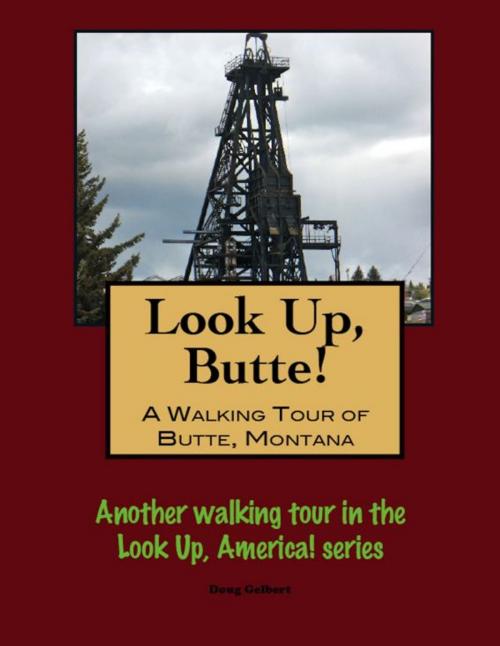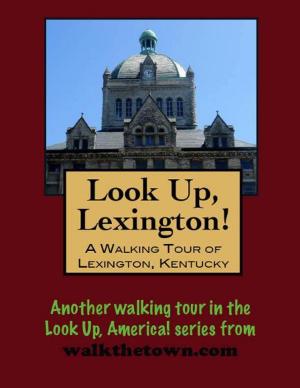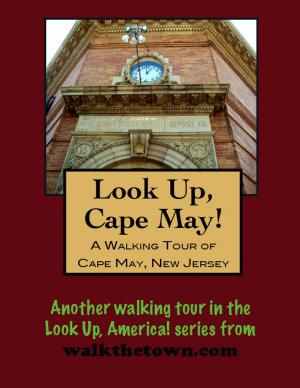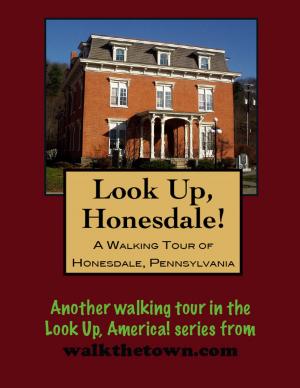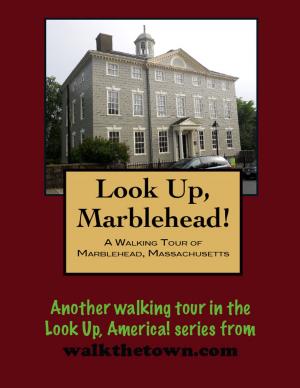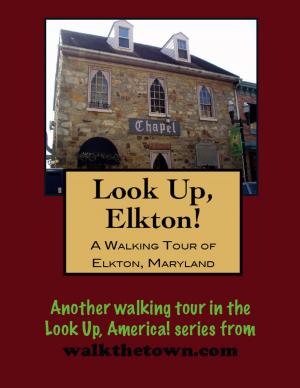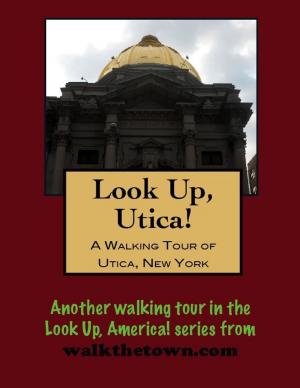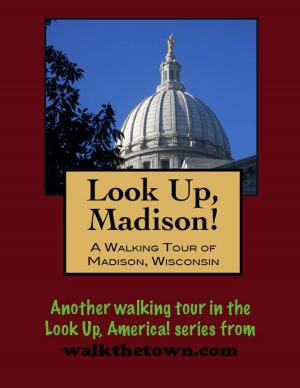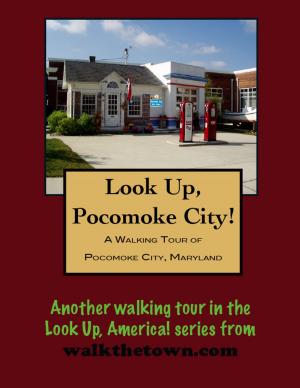| Author: | Doug Gelbert | ISBN: | 9781301606610 |
| Publisher: | Doug Gelbert | Publication: | December 12, 2012 |
| Imprint: | Smashwords Edition | Language: | English |
| Author: | Doug Gelbert |
| ISBN: | 9781301606610 |
| Publisher: | Doug Gelbert |
| Publication: | December 12, 2012 |
| Imprint: | Smashwords Edition |
| Language: | English |
There is no better way to see America than on foot. And there is no better way to appreciate what you are looking at than with a walking tour. Whether you are preparing for a road trip or just out to look at your own town in a new way, a downloadable walking tour is ready to explore when you are.
Each walking tour describes historical and architectural landmarks and provides pictures to help out when those pesky street addresses are missing. Every tour also includes a quick primer on identifying architectural styles seen on American streets.
They call it “The Richest Hill on Earth.” In the fifty years after the first picks were swung into the nearly bares slopes above Silver Bow Creek some three billion dollars in mineral wealth was extracted here. G.O. Humphrey and William Allison found the first placer deposits in Silver Bow Creek in 1864. There was quickly a mining camp of several hundred prospectors but there wasn’t that much gold and even less water so most moved on.
Those that stayed soon discovered rich ledges of silver and a silver boom was on in the 1870s, enough to sustain a real town. A townsite patent was issued in 1876 and the city was incorporated in 1879. By the time the railroad arrived in the mid-1880s Butte boasted a population of more than 10,000. Also about that time America was becoming electrified and electricity required copper. The silver miners knew there was copper in Butte Hill but there hadn’t been any market for it and the cost of smelting copper was high. Now they went after it with a vengeance and found some of the richest veins on earth. Butte mines supplied one-third of all the copper in the United States through World War I.
Three men in particular clawed for the riches in Butte Mountain - Marcus Daly who arrived in town in 1876 to supervise silver mines; William Andrews Clark, a banker who piled up mining properties that went into default; and Fritz Augustus Heinze who was late to the party but whose wily legal maneuverings and miner-friendly dealings helped him unearth hundreds of thousands of tons of high grade copper ore. The battles waged by the “Copper Kings” had widespread ramifications in Montana politics, its labor heritage and its financial landscape. It all ended with the Anaconda Copper Mining Company, which Daly had started with help from George Hearst, father of William Randolph Hearst, swallowing up most of Butte’s mines by 1913. By 1929 Anaconda was not only by far the largest company in Montana, it was the fourth largest company in the world.
But the demand for Butte copper had already long peaked by then. Other mines were being opened around the world, the Great Depression was on the doorstep and the costs to add ever-deeper tunnels to the 2,000 miles of passageways already under Butte Hill were skyrocketing. In the 1950s Anaconda began the controversial practice of strip mining, leveling entire hills to bring out the copper. The company shut down its mining operations in 1982, leaving one of its strip mines - the Berkeley Pit - to be declared the largest Superfund environmental disaster site in America.
Downtown Butte, called “Uptown” for its position on the hill, experienced its biggest building boom from 1890 until the United States entered World War I in 1917. Not much was built after that as the demand for copper withered away but there also wasn’t much torn down either. Our walking tour of The Richest Hill on Earth will see many of the same buildings we would have seen on the same route 100 years ago and we’ll start at the showcase home of one of Butte’s Copper Kings...
There is no better way to see America than on foot. And there is no better way to appreciate what you are looking at than with a walking tour. Whether you are preparing for a road trip or just out to look at your own town in a new way, a downloadable walking tour is ready to explore when you are.
Each walking tour describes historical and architectural landmarks and provides pictures to help out when those pesky street addresses are missing. Every tour also includes a quick primer on identifying architectural styles seen on American streets.
They call it “The Richest Hill on Earth.” In the fifty years after the first picks were swung into the nearly bares slopes above Silver Bow Creek some three billion dollars in mineral wealth was extracted here. G.O. Humphrey and William Allison found the first placer deposits in Silver Bow Creek in 1864. There was quickly a mining camp of several hundred prospectors but there wasn’t that much gold and even less water so most moved on.
Those that stayed soon discovered rich ledges of silver and a silver boom was on in the 1870s, enough to sustain a real town. A townsite patent was issued in 1876 and the city was incorporated in 1879. By the time the railroad arrived in the mid-1880s Butte boasted a population of more than 10,000. Also about that time America was becoming electrified and electricity required copper. The silver miners knew there was copper in Butte Hill but there hadn’t been any market for it and the cost of smelting copper was high. Now they went after it with a vengeance and found some of the richest veins on earth. Butte mines supplied one-third of all the copper in the United States through World War I.
Three men in particular clawed for the riches in Butte Mountain - Marcus Daly who arrived in town in 1876 to supervise silver mines; William Andrews Clark, a banker who piled up mining properties that went into default; and Fritz Augustus Heinze who was late to the party but whose wily legal maneuverings and miner-friendly dealings helped him unearth hundreds of thousands of tons of high grade copper ore. The battles waged by the “Copper Kings” had widespread ramifications in Montana politics, its labor heritage and its financial landscape. It all ended with the Anaconda Copper Mining Company, which Daly had started with help from George Hearst, father of William Randolph Hearst, swallowing up most of Butte’s mines by 1913. By 1929 Anaconda was not only by far the largest company in Montana, it was the fourth largest company in the world.
But the demand for Butte copper had already long peaked by then. Other mines were being opened around the world, the Great Depression was on the doorstep and the costs to add ever-deeper tunnels to the 2,000 miles of passageways already under Butte Hill were skyrocketing. In the 1950s Anaconda began the controversial practice of strip mining, leveling entire hills to bring out the copper. The company shut down its mining operations in 1982, leaving one of its strip mines - the Berkeley Pit - to be declared the largest Superfund environmental disaster site in America.
Downtown Butte, called “Uptown” for its position on the hill, experienced its biggest building boom from 1890 until the United States entered World War I in 1917. Not much was built after that as the demand for copper withered away but there also wasn’t much torn down either. Our walking tour of The Richest Hill on Earth will see many of the same buildings we would have seen on the same route 100 years ago and we’ll start at the showcase home of one of Butte’s Copper Kings...
